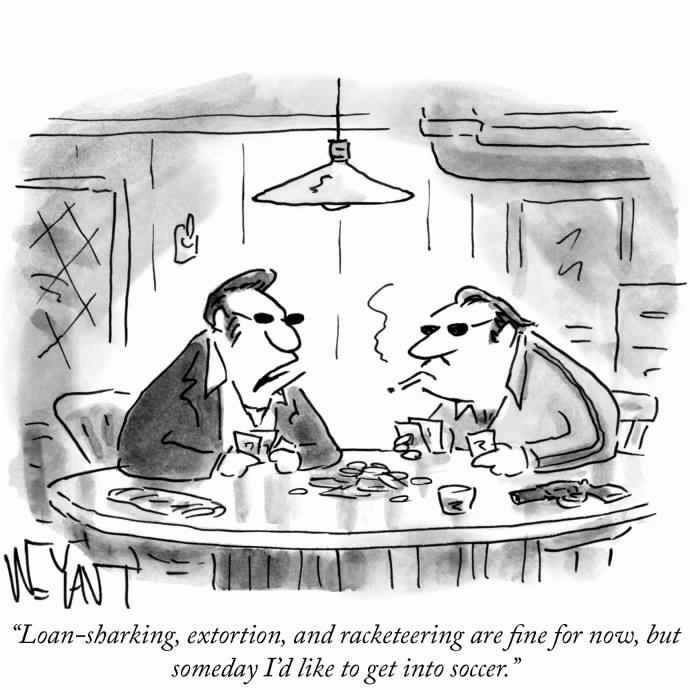Holds 39% of Japan’s govt debt, equates to 79% of Japan’s GDP.

Holds 39% of Japan’s govt debt, equates to 79% of Japan’s GDP.



 1. Aiming too high – There is no quick way to get rich. You need to be realistic in the goals you set and do not overpromise yourself. The success in trading is the ability to follow through.
1. Aiming too high – There is no quick way to get rich. You need to be realistic in the goals you set and do not overpromise yourself. The success in trading is the ability to follow through.
2. Trying to win them all – – Keep adding to a loser position instead of getting out. The result based on impulsive trades usually becomes a lot worse before it gets better.
3. Hoping to recover from big drawdown – Get out of your losing positions quick. It is inevitable that you get caught in the wrong end of a trending market. Always a day late and many many dollars short !
4. Don’t know when to stop/check – It is time to reflect when your system loses the edge. Don’t send yourself into mine fields. Take some time off and regroup your strategy.
5. Being stubborn – Don’t fight the wrong fight and keep kicking yourself. Remorse about your misfortune won’t changed what have happened. Trading is supposedly fun, challenging and rewarding. If you don’t feel this way, please stop trading.

Too many traders focus only on the entry price and pay insufficient attention to the size of the position. Trading too large can result in good trades being liquidated at a loss because of fear.
On the other hand, trading larger than normal when the profit potential appears to be much greater than the risk is one of the key ways in which many of the Market Wizards achieve superior returns. Trading smaller, or not at all, for lower probability trades and larger for higher probability trades can even transform a losing strategy into a winning one.
For example, Edward Thorp, who started out devising strategies to win at casino games before achieving an extraordinary return/risk record as a hedge fund manager, discovered that by varying the bet size based on perceived probabilities, he could transform the negative edge in Blackjack into a positive edge. An analogous principal would apply to a trading strategy in which it was possible to identify higher and lower probability trades.
